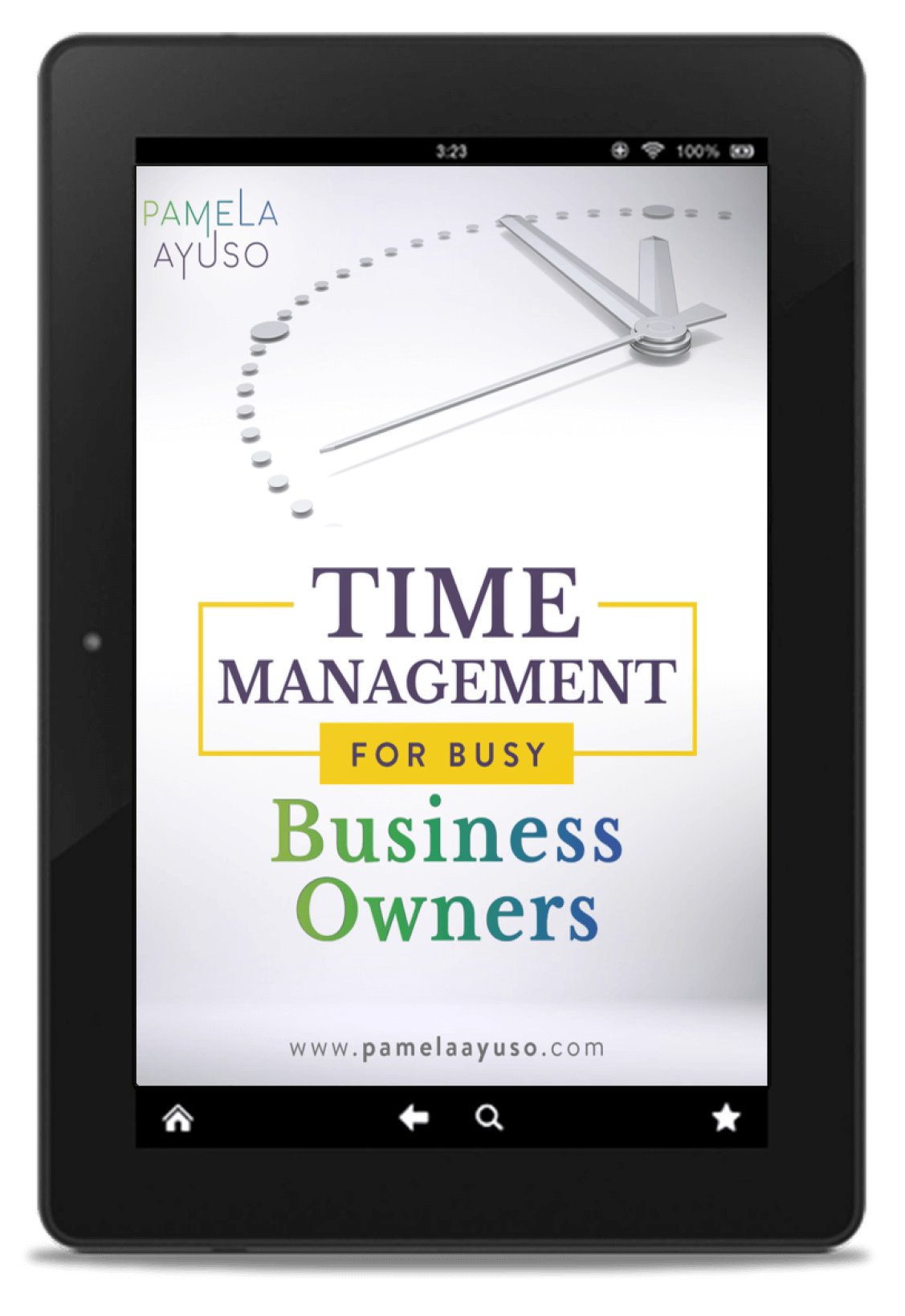Days are full of activity and go by in the blink of an eye. Between one thing and the next, it will show if ideas and work are not managed properly. We will miss a deadline, forget to call a big client back or drop the ball on an important assignment. Executing is key but so is following-up to ensure that everything that was needed to be done was done on time.
Fear not: there are ways to combat this. All that is necessary is developing a system to keep track of all your to-do list items and ensuring the system works to follow through on all these tasks. Here are some strategies you may find helpful.
![[Photo: Stil/Unsplash]](https://www.pamelaayuso.com/wp-content/uploads/2021/01/stil-479024-unsplash.jpg)
[Photo: Stil/Unsplash]
1. First, find a system to write things down as they come up in the day.
It can be anything from a pocket agenda to the notes app on your cell phone. You can also use a notebook that you carry around, and then transfer the information to your to-do list. Another option – my personal favorite – can be a project management app. With a project management app, you add each task as you think about it and set a due date. The app I use, Wrike, allows the user to send an email whose subject line turns into the title of the activity. It is then automatically added to a to-do list.
The important thing is to pause and write down the task as soon as it is mentioned or you think about it. Developing this discipline is probably one of the hardest things to do because we tend to trust that we will remember everything. I encourage you to write everything down to ensure nothing gets lost. Keeping track of everything has the bonus of reducing the stress you feel from the many undone to-do list items floating around in your mind.
2. Then, make sure that what you wrote down appears on your to-do list.
If you prefer to write down tasks on a notebook or the notes app of your phone, these will then need to be transferred to a to-do list. The list can reside in a planner or an app. Different things work best for different people, but the method you choose should be consistent and effective.
In a project management app, any task that is created will automatically show up in a list of items for the day. You do not need to take the time to move the ideas and tasks from a notebook to a to-do list, thereby saving a step and some time.
3. Execute the items on your list.
Acting on the pending tasks is simple with a to-do list app that you open every morning and go through, reviewing items that need to be done during the workday. It also works well with a planner. If something is not done at the end of the day, reschedule for the day when you have space to do it. It is ok if you do not have time to do it the next day, just move it to the next available slot.
To be 100% effective, every item that was not completed has to be moved into the future. Otherwise, it will probably be forgotten amid the daily bustle of the following day.
Finally, if you have an idea in your mind but do not have time for it, write it down. Just schedule it for a time when you can do something about it. A simple reminder will do the trick.
4. Keep track of tasks you are responsible for, even if you are not executing.
Write down the assignments that others are working on, but that fall under your area of responsibility. Unfortunately, not everybody develops a good system for keeping track of their daily activities. So, if there is something you are relying on from somebody else, you can create reminders to ensure they are completed on time. Pending actions from others can also show up as a task on your to-do list for the day. By adding this practice to your repertoire, your follow-up system will be untouchable.
![[Photo: Social Cut/Unsplash]](https://www.pamelaayuso.com/wp-content/uploads/2021/01/social-cut-545004-unsplash.jpg)
[Photo: Social Cut/Unsplash]
Get Started Implementing these Strategies
Before you know it, you will be the leader in keeping track and implementing. Moreover, you will notice you and others will rely more and more on your system. People will be asking you how you keep up and stay organized.



